Fears rattling financial markets show little sign of subsiding, with investors spooked about signs of looming recessions, while inflation stays stubbornly high.
Fresh falls on Wall Street marked a miserable milestone with the S&P 500 tumbling in the first half of the year by 20.6%, a fall not seen since 1970.
The tech-heavy NASDAQ, which has been wracked by volatility, has plummeted by a third this year and is on track for the biggest ever yearly drop.
There are concerns that, just like in the seventies era, demand and inflation won’t fall back easily, and that the Federal Reserve and other central banks will have to step on the accelerator of interest rate hikes to bring red hot prices under control.
The risk is that could see economies slam into a brick wall of recession, with ripple effects around the world.
European indices have opened lower, amid nervousness ahead of the latest consumer prices snapshot due out later this morning.
With inflation for the euro area already running at a record high of 8.1%, another super-hot reading for June is likely to weigh further on investor sentiment as it will heighten expectations the European Central Bank will take a much tougher stance in terms of future rate hikes.
Stocks in Asia have fallen into the red, with Japan’s Nikkei falling by 1.7% and Hong Kong’s Hang Seng falling by 0.6%.
Although China’s manufacturing activity bounced back in June as Covid curbs eased, supply chain issues have affected the wider region.
There was a slowdown in Japan and South Korea and in Taiwan manufacturing activity shrank amid shortages of materials and supply snarl ups.
Expectations of sharply slowing demand in the global economy is crystallised in the retreating oil price which has fallen back to $108 dollars for a barrel of Brent Crude, declining for the third week in a row.
Consumer and business confidence is evaporating in many countries and with lockdown savings dwindling fast, the post pandemic spending spree is now waning, which is expected to hit corporate earnings.
The FTSE 100 has opened 0.6% lower as investors brace for another temperature check on consumer confidence.
Data from the Bank of England on consumer borrowing should give an indication about just how financially resilient consumers are feeling right now, with a snapshot due out on how much is being borrowed on credit cards and other personal loans.
With concerns that the red hot housing market could be at a tipping point, the update on mortgage approvals from the BofE will also be closely watched, as a barometer of demand for housing.
The crypto price crash is showing little sign of reversing with Bitcoin still trading below the psychologically important $20,000 mark.
The fortunes of the crypto wild west have followed equity markets closely, and have mirrored the downward trajectory of tech stocks in particular.
Now speculators have taken fright at liquidity problems unfolding at highly leveraged companies operating in the crypto Wild West.
Article Updated – 11am, 1st July 2022
- The Bank of England reported on effective interest rates for May: Effective interest rates – May 2022 | Bank of England
- It also issued its money and credit report for May: Money and Credit – May 2022 | Bank of England
Tom Bill, head of UK residential research at Knight Frank:
“There are two reasons that demand for mortgages is holding steady despite the presence of a cost-of-living squeeze that will get worse before it gets better.
First, buyers are faced with more choice as a growing number of prospective sellers sense prices may be peaking.
Second, with lenders pulling their cheapest products on a weekly basis, there is extra urgency to act sooner rather than later.
As rates rise further and supply normalises, we would expect UK price growth to calm down this year before falling to low single digits in 2023.”
Sarah Coles, senior personal finance analyst, Hargreaves Lansdown:
“The scale of cash languishing in easy access savings and earning next to nothing has hit monumental proportions.
Our commitment to saving, both during the lockdown years and even now, means we now have nearly an incredible £1 trillion of savings (£994 billion) in easy access accounts.
As a result, we’re losing a small fortune in lost interest.
In May we saved another £5.4 billion, plus another £300m with NS&I.
This is just above the average combined total of £5.6 billion in the year before the pandemic. It also takes the total in easy access accounts close to £1 trillion.
So, it’s particularly dreadful news that the average easy access rate crept up just 3 basis points to 0.18%. Of course, if your money is sitting with one of the high street giants, then your cash may be suffering even more insulting rates, with one bank still paying just 0.01%.
You can see just how low rates are in the market by looking at the rates available from NS&I – which by definition has to offer something reasonable without going over the top.
The last time the Bank of England was at the same rate as it was in May (1% in February 2009), NS&I was offering 1.71%.
Right now, the same product is offering 0.5% – less than a third of the interest.
The blame lies partly with the high street banks, who are still sitting on a pile of lockdown savings in easy access accounts, so they don’t need to offer anything particularly competitive, which is depressing rates across the sector.
Fortunately, easy access rates have risen among newer online banks, which are competing for market share.
You can now get up to 1.45% from Al Rayan Bank, as long as you can keep a balance £2,500 in the account.
You can also make 1.4% from Zopa with no strings attached. If you’re prepared to switch current accounts, you can get 1.56% from Virgin.
For the money you really need to keep in easy access savings, including your emergency fund of 3-6 months’ worth of essential expenses, if your cash is languishing in an account with a high street bank while you hope for a rate rise, now is the time to stop waiting and start switching,
For money you need over the next five years, but not immediately, you can tie it up for the period that makes the most sense for your circumstances in return for more interest.
The Bank of England figures show that the average new fixed rate rose 16 basis points from 1.09% to 1.25%, and you can get increasingly attractive rates by fixing.
The best rates over one year continue to creep up. Right now, by fixing for a year, you can make up to 2.7% – compared to a best rate of 2.4% a month ago.
If you don’t want to fix for a full year, you can make 2% by fixing for six months through a savings platform. HL’s Active Savings is offering 2% over six months through BLME.”
Sarah continues:
“It was a miserable May for borrowing.
The figures reveal a double debt warning, with more of us borrowing more on things like credit cards and mortgages in an effort to stay on top of rising prices, while mortgage approvals hold steady, despite it starting to be predicted that the heat is coming out of the market.
Mortgage approvals are a useful measure of the health of the property market, because they show just how keen buyers are right now.
The fact that approvals are still below the pre-pandemic average in May is perhaps another sign of the heat coming out of the market.
It comes on the day that Zoopla said housing prices went nowhere in May, up 0.1%, which is the slowest monthly rise since December 2019 – before the pandemic hit the UK.
It’s now showing annual rises of 8.4%, so as far as Zoopla is concerned, the days of double-digit growth are over.
It also noted that while demand from buyers was still high, it is dropping on a daily basis, which means it’s taking longer to agree a sale – in London this has stretched to 35 days.
We’ve heard the first notes of caution about the future of house prices too, and the first predictions of property price falls.
And while these are currently a few lone voices. price growth is highly likely to drop back to at least low single figures by the end of the year.
Meanwhile, we borrowed another £400m on credit cards.
The horrific price rises in April will have left millions of people with a financial headache in May, and while some people have lockdown savings to fall back on, plenty are being forced to borrow instead.
Even before Awful April and Miserable May left us struggling to make ends meet, we were falling back on our credit cards more.
The only glimmer of hope is that credit card borrowing is slightly below the 12-month pre-pandemic average.
If you’ve used credit to help close the gap, it’s essential to bear in mind that this isn’t a long-term solution.
Unless you can simultaneously start cutting your costs, you’re going to end up with even bigger problems – because you’ll have to pay mounting debt costs on top of everything else.
It means we all need to go back to our budgets and check we’re doing everything we can to keep our spending down.
If Miserable May can turn to Just-about-managing-June, it’s not going to feel like much to celebrate, but it’ll put out finances in a far better place as we face July.”




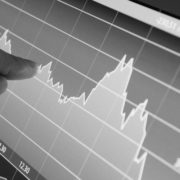



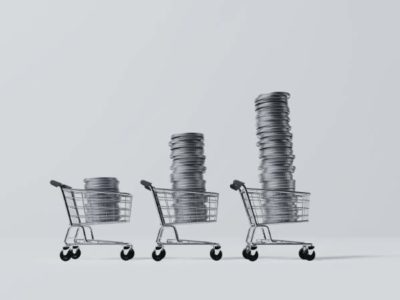
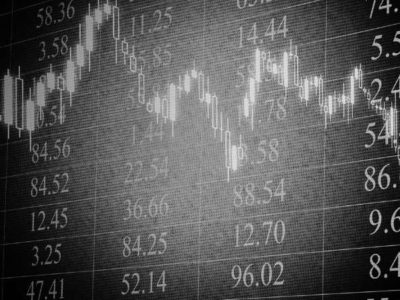
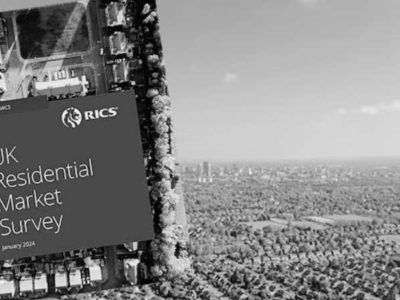

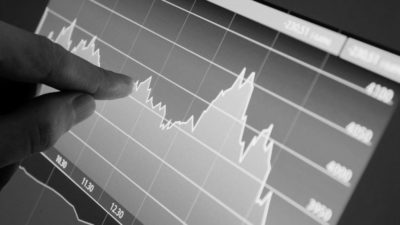


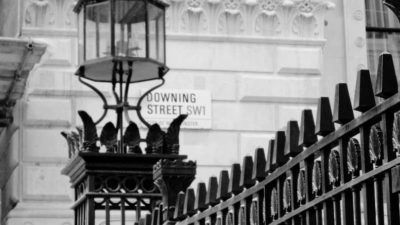
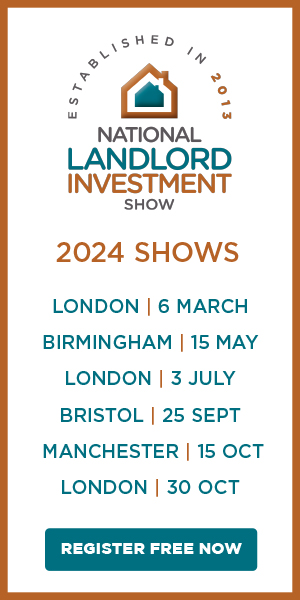


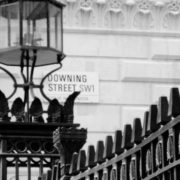


Comments